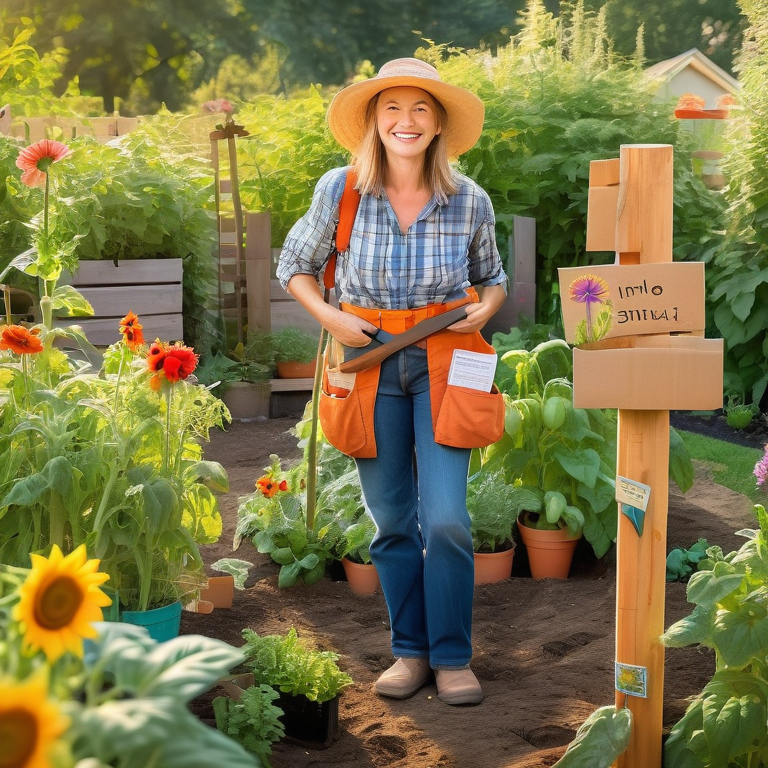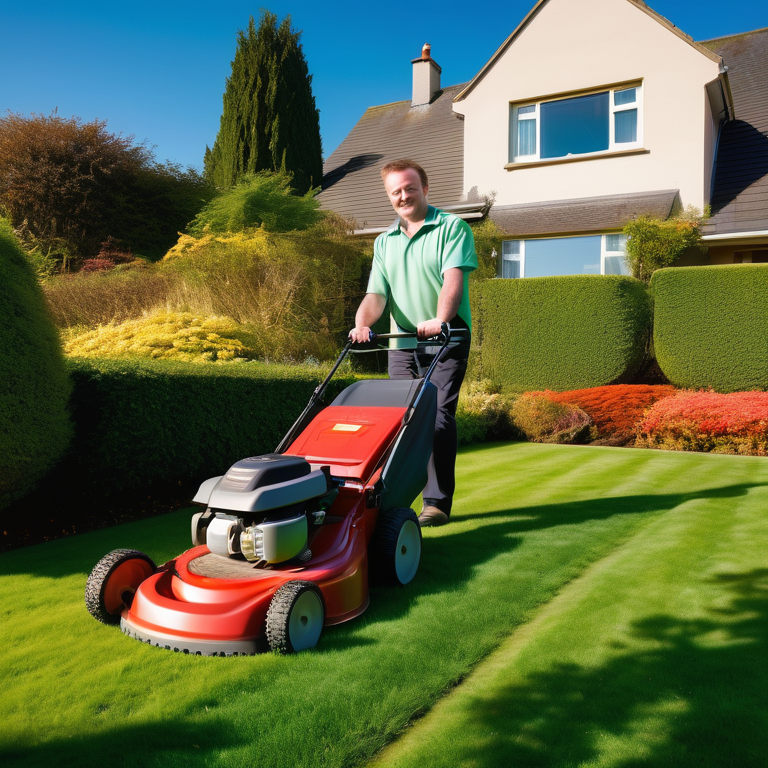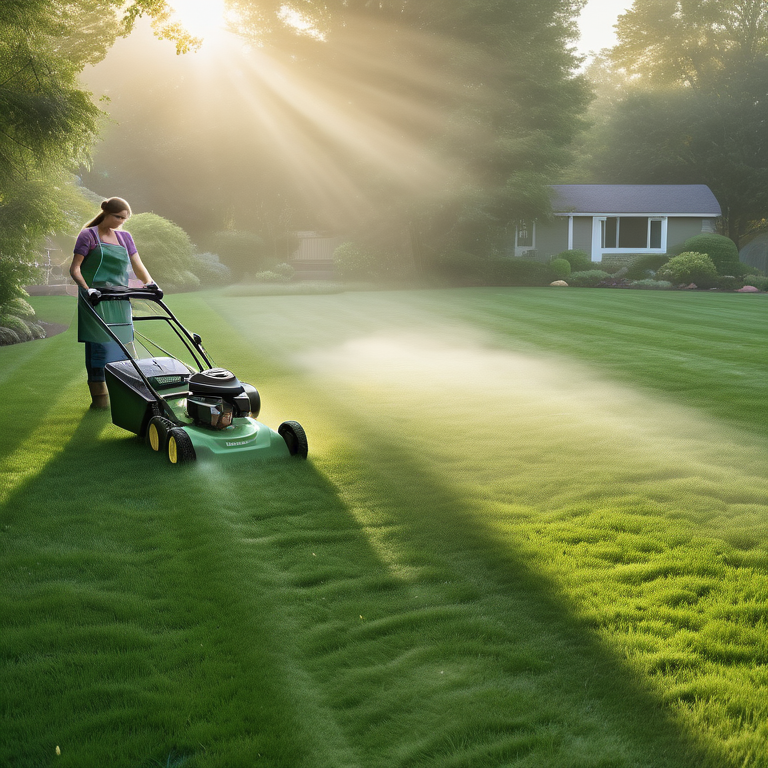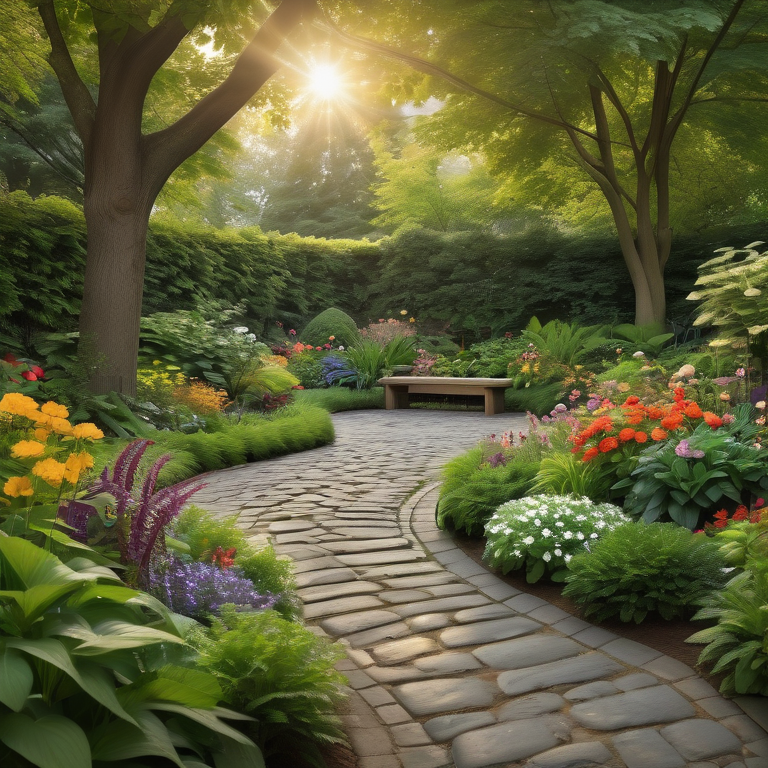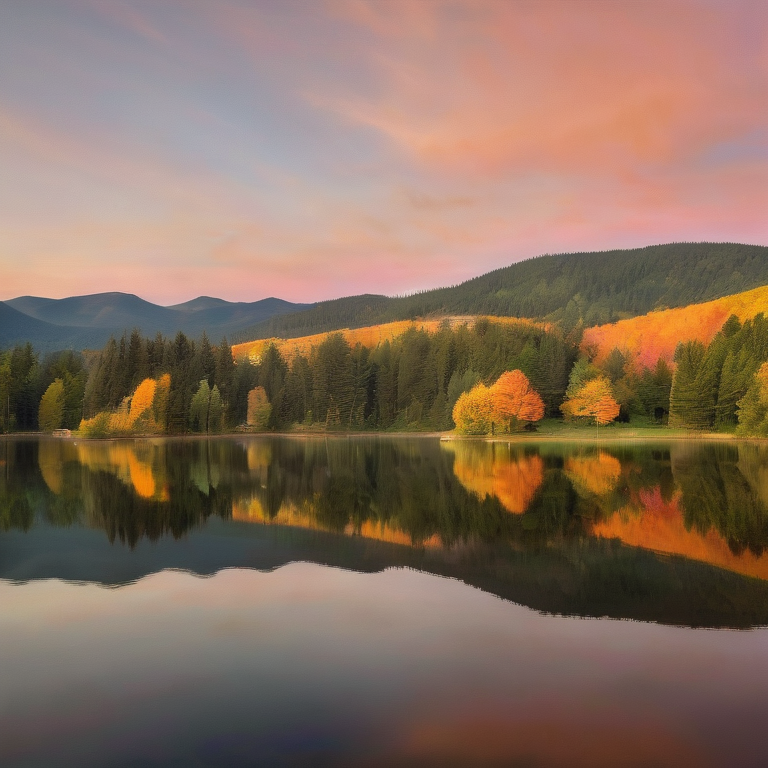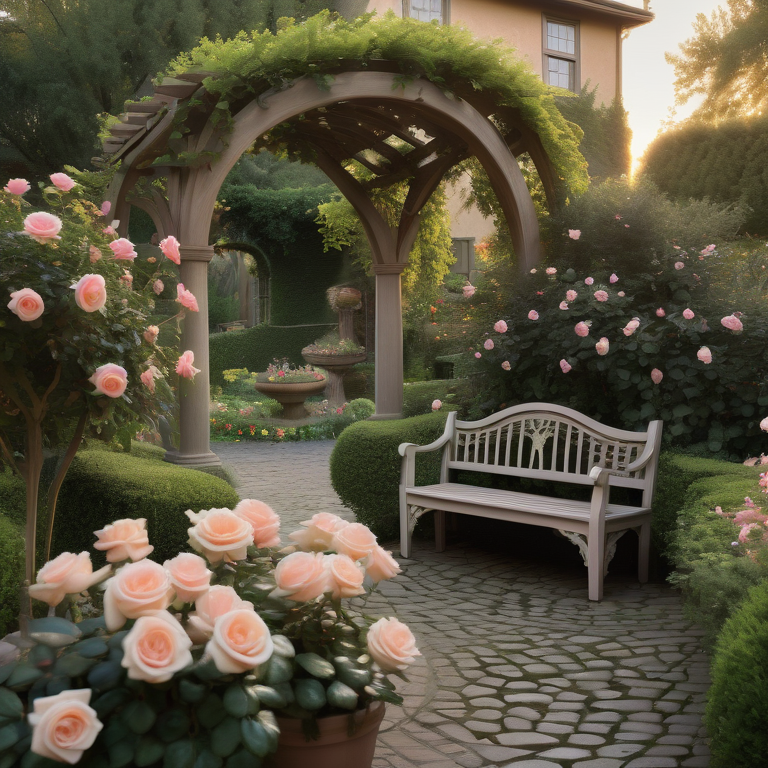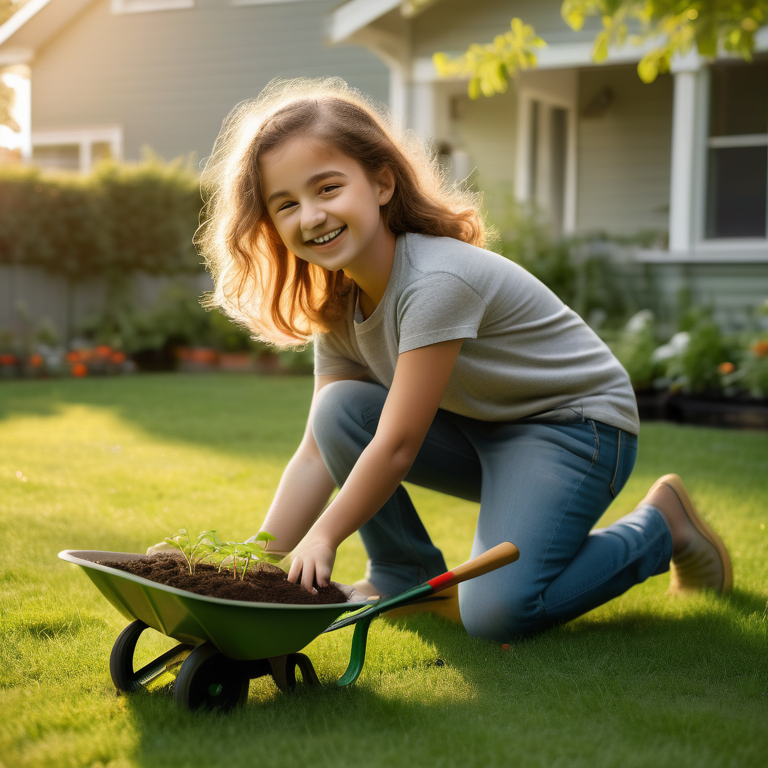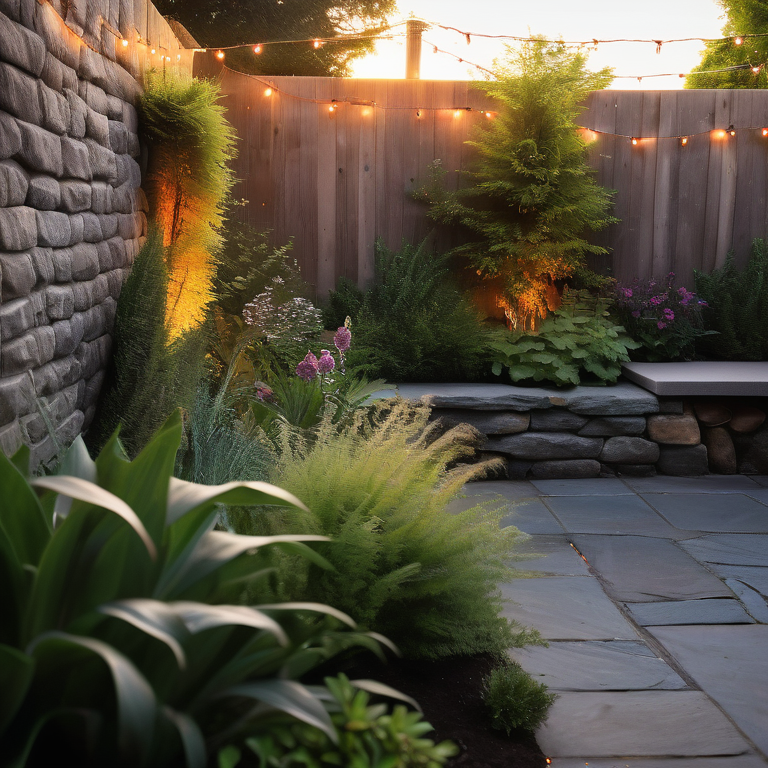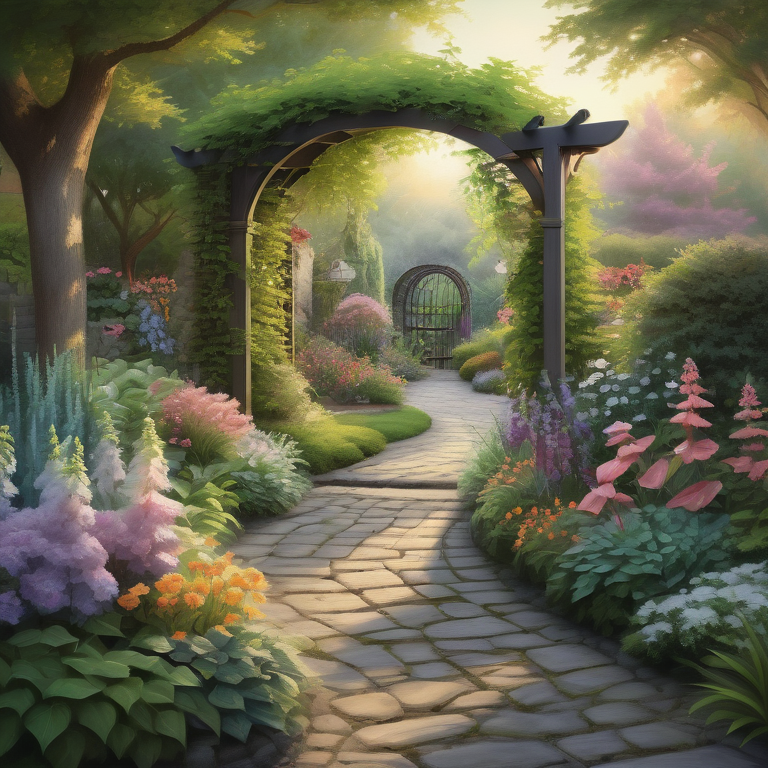Key Highlights
- Garden design is an essential aspect for beginners to consider when creating their outdoor space- It is important to plan for low maintenance features and incorporate a play area for children.
- Assessing the garden space, determining its purpose, and planning for sunlight and shade are key steps in the design process.
- Soil quality and choosing plants that are suited to the environment are crucial for a successful garden.
- Incorporating walkways and functional areas, budgeting for the project, and understanding basic landscaping principles are also important considerations.
- Selecting durable and attractive garden features and planning for long-term maintenance are essential for a beautiful and sustainable garden.
Introduction
Creating a beautiful and functional garden is a dream for many homeowners. Whether you have a large backyard or a small balcony, designing your outdoor space can be an exciting and rewarding project. However, for beginners, it can also be overwhelming and confusing. Where do you start? What factors should you consider? How do you ensure that your garden is both aesthetically pleasing and practical?
In this ultimate garden design checklist for beginners, we will guide you through the essential steps to create your dream garden. From assessing your garden space to choosing the right plants and incorporating functional areas, this checklist will help you plan and design your outdoor oasis with confidence.
Garden design is not just about making your garden look beautiful; it is about creating a space that suits your lifestyle and meets your needs. Whether you want a low maintenance garden, a play area for your children, or a peaceful retreat for relaxation, careful planning and consideration are key.
By following this checklist, you will have a clear roadmap to design and create your dream garden. So, let’s dive in and explore the essential steps to consider when designing your garden.
Essential Garden Design Checklist for New Gardeners
Designing a garden can be a daunting task, especially for new gardeners. However, with the right guidance and a well-thought-out plan, anyone can create a beautiful and functional outdoor space. Before you start digging and planting, it is important to have a clear vision of your garden and a checklist to guide you through the process.
In this essential garden design checklist for new gardeners, we will walk you through the key steps to consider when designing your garden. From assessing your garden space to choosing the right plants and planning for maintenance, this checklist will ensure that you have all the necessary elements for a successful garden design. So, let’s get started!
1. Assessing Your Garden Space
Before you begin designing your garden, it is important to assess your garden space. Take some time to observe your outdoor area and identify its strengths and limitations. Consider the size and shape of your garden, as well as any existing features or structures.
Think about how you currently use your garden and how you would like to use it in the future. Do you want a space for entertaining guests or a peaceful retreat for relaxation? Are there specific areas of your garden that need attention or improvement?
By assessing your garden space, you can understand its potential and make informed decisions about the layout and design. This will save you precious time and resources in the long run and ensure that your garden reflects your vision and lifestyle. www.wicklowlandscaping.ie
2. Determining Your Garden’s Purpose
Once you have assessed your garden space, it is important to determine the purpose of your garden. What do you want to use the outdoor space for? This will help you make decisions about the layout, features, and plantings.
Consider the following:
- Outdoor space: Do you want a space for entertaining guests, dining al fresco, or simply relaxing?
- Play area: Do you have children or pets who will need a designated play area?
- Low maintenance: Are you looking for a garden that requires minimal upkeep and is easy to maintain?
By determining the purpose of your garden, you can tailor the design to meet your specific needs and preferences. This will ensure that your outdoor space is not only beautiful but also functional and practical. www.wicklowlandscaping.ie
3. Planning for Sunlight and Shade
Sunlight and shade are important factors to consider when designing your garden. Different plants have different sunlight requirements, and understanding the sunlight patterns in your garden will help you choose the right plants for each area.
Observe your garden at different times of the day to determine which areas receive full sun, partial shade, or full shade. This will guide your plant selection and ensure that your garden thrives.
Additionally, consider how sunlight and shade will affect other elements of your garden, such as seating areas or play areas. You may want to incorporate shade structures or use landscaping materials that can withstand direct sunlight or provide shade.
By planning for sunlight and shade, you can create a well-balanced and harmonious garden that is suited to your specific conditions and preferences.
4. Soil Quality and Improvement Techniques
The quality of your soil plays a crucial role in the success of your garden. Before you start planting, it is important to assess the soil in your garden and make any necessary improvements.
Test your soil to determine its pH level and nutrient content. This will help you understand what amendments or adjustments are needed to create an optimal growing environment for your plants.
Consider consulting a garden designer or a horticulturist for expert advice on soil improvement techniques. They can recommend organic matter, fertilizers, or other amendments to improve the fertility and structure of your soil.
By addressing soil quality and making necessary improvements, you can ensure that your plants have the best possible conditions to thrive and grow. This will contribute to the overall success and beauty of your garden. www.wicklowlandscaping.ie
5. Choosing Plants Suited to Your Environment
Choosing the right plants for your garden is essential for a successful and thriving outdoor space. Consider the following factors when selecting plants:
- Climate: Choose plants that are suited to your specific climate and growing conditions.
- Soil type: Select plants that are compatible with your soil type, whether it is sandy, loamy, or clayey.
- Sunlight requirements: Different plants have different sunlight requirements, so choose plants that will thrive in the available sunlight in your garden.
- Watering needs: Consider the water requirements of the plants and ensure that you can provide adequate irrigation.
Visit local nurseries or consult gardening resources to gather information about plant varieties that are well-suited to your environment. Take into account the size, color, and texture of the plants to create a visually appealing and diverse garden.
By choosing plants that are suited to your environment, you can create a garden that is not only beautiful but also sustainable and low maintenance. www.wicklowlandscaping.ie
6. Incorporating Walkways and Functional Areas
Incorporating walkways and functional areas into your garden design can greatly enhance its layout and usability. Here are some ideas to consider:
- Define different zones in your garden, such as a seating area, a play area, or a vegetable garden.
- Use pathways to connect these different zones and create a flow throughout the garden.
- Choose materials for your walkways that complement the overall design of your garden, such as natural stone or pavers.
- Consider adding features like pergolas, trellises, or arbors to create focal points and provide shade.
- Ensure that your walkways are wide enough to accommodate comfortable passage and consider accessibility for people with disabilities.
By incorporating walkways and functional areas, you can create a well-designed garden that is both aesthetically pleasing and practical for everyday use.
7. Budgeting for Your Garden Project
Budgeting for your garden project is an important step in the design process. It allows you to allocate funds for various aspects of your garden and ensures that you stay within your financial means. Here’s a breakdown of potential expenses and a sample budget for a garden project:
|
Expense |
Estimated Cost |
|
Plants and seeds |
$200-$500 |
|
Landscaping materials |
$500-$1,000 |
|
Garden tools |
$100-$300 |
|
Professional services |
$1,000-$3,000 |
|
Furniture and decor |
$500-$1,000 |
|
Irrigation system |
$500-$1,000 |
|
Maintenance supplies |
$100-$200 |
|
Total |
$2,900-$7,000 |
Remember to adjust the budget based on the size and complexity of your garden project. It’s also a good idea to set aside a contingency fund for unexpected expenses. www.wicklowlandscaping.ie
8. Understanding Basic Landscaping Principles
Understanding basic landscaping principles is essential for creating a well-designed garden. Here are some key principles to consider:
- Balance: Create visual balance in your garden by distributing elements evenly throughout the space.
- Proportion: Ensure that the size and scale of various elements, such as plants and features, are in proportion to each other and the overall space.
- Unity: Use consistent design elements, such as color schemes and materials, to create a cohesive and unified look.
- Focal point: Create a focal point in your garden to draw attention and add visual interest. This could be a statue, a fountain, or a particularly beautiful plant.
- Transition: Use plants and other elements to create a smooth transition between different areas of your garden.
By understanding these basic landscaping principles, you can create a visually appealing and harmonious garden design. www.wicklowlandscaping.ie
9. Selecting Durable and Attractive Garden Features
Choosing durable and attractive garden features is an important aspect of garden design. Here are some features to consider:
- Outdoor furniture: Select furniture that is weather-resistant and suits the style of your garden. Consider materials like teak or aluminum.
- Lighting: Install outdoor lighting to enhance the ambiance of your garden and create a welcoming atmosphere.
- Water features: Incorporate water features such as fountains or ponds to add a calming element to your garden.
- Plant containers: Choose sturdy and visually appealing plant containers that complement your garden design.
- Decorative elements: Consider adding sculptures, garden art, or unique planters to add personality and interest to your garden.
By selecting durable and attractive garden features, you can enhance the overall look and functionality of your garden. www.wicklowlandscaping.ie
10. Maintenance Planning for Long-Term Garden Care
Planning for long-term garden care is crucial to ensure that your garden stays healthy and beautiful. Here are some tips for maintenance planning:
- Choose low-maintenance plants that require minimal watering, pruning, and fertilizing.
- Set up an irrigation system to automate watering and conserve water.
- Develop a schedule for regular maintenance tasks such as mowing, weeding, and deadheading.
- Consider hiring a professional gardener or landscaper for more complex maintenance tasks.
- Regularly assess the health of your plants and address any issues promptly to prevent further damage.
By planning for long-term maintenance, you can enjoy a beautiful garden that requires less time and effort to upkeep.
Key Takeaways in Garden Design for Beginners
- Designing your garden correctly is essential to make the most of your outdoor space.
- Consider factors such as climate, purpose, and maintenance requirements when designing your garden.
- Choose plants suited to your environment and educate yourself on basic landscaping principles.
- Incorporate walkways and functional areas to enhance the layout and usability of your garden.
- Budget for your garden project and select durable and attractive garden features.
- Plan for long-term maintenance to ensure the health and beauty of your garden.
Clarifying the Concept of Garden Design
Garden design is the process of creating a well-planned and aesthetically pleasing outdoor space. It involves considering various factors such as the purpose of the garden, the layout, the choice of plants and features, and the overall maintenance requirements. A garden designer can assist in the design process by providing expert advice and guidance. They can help clarify your vision, recommend suitable plants and materials, and create a detailed plan for the implementation of your garden design. A consultation with a garden designer can be a valuable step in ensuring a successful and beautiful garden. www.wicklowlandscaping.ie
Unveiling Unknowns in Garden Planning
Garden planning involves uncovering and addressing unknown factors to ensure a successful garden. These unknowns can include issues such as the quality of the soil, the presence of pests or diseases, or the suitability of certain plants for the climate. By conducting thorough research, consulting with experts, and taking the time to understand your garden’s unique conditions, you can unveil these unknowns and plan accordingly. This will help you make informed decisions about plant selection, layout, and maintenance, ultimately leading to a beautiful and thriving outdoor space. www.wicklowlandscaping.ie
Main Arguments for a Structured Approach
Taking a structured approach to garden design offers several advantages. By following a step-by-step process and considering key factors such as the garden’s layout, purpose, and maintenance requirements, you can ensure a more successful outcome. A structured approach helps in:
- Creating a well-balanced and visually appealing garden layout
- Selecting plants that are suited to the environment and will thrive in the garden
- Planning for long-term maintenance and care
- Budgeting effectively and avoiding overspending
- Maximizing the functionality and usability of the outdoor space
By adopting a structured approach, beginners can navigate the garden design process more effectively and achieve their desired outcomes. www.wicklowlandscaping.ie
Conclusion
In conclusion, designing your garden involves careful planning and consideration of various factors such as space, purpose, sunlight, soil quality, plant selection, budgeting, and maintenance. By following a structured approach outlined in the checklist, beginners can create a beautiful and functional outdoor space. Understanding the basics of garden design, landscaping principles, and selecting suitable features are key to a successful project. Remember, starting with a clear plan tailored to your environment and needs sets the foundation for a thriving garden. Happy gardening! www.wicklowlandscaping.ie
Frequently Asked Questions
How Often Should I Plan for Garden Maintenance?
Regular garden maintenance is essential to keep your garden healthy and beautiful. It typically includes tasks such as mowing, weeding, pruning, and fertilizing. The frequency of maintenance depends on factors such as plant growth rate, climate, and personal preferences. Planning for regular maintenance ensures that your garden stays in top shape throughout the year.
Can I Design a Garden on a Tight Budget?
Yes, it is possible to design a beautiful garden on a tight budget. By carefully planning and budgeting, you can make smart choices in terms of plant selection, materials, and features. DIY projects and repurposing materials can also help save costs while still achieving a stunning garden design.
What Are the First Steps in Beginning Garden Design?
The first steps in beginning garden design involve determining the purpose of your garden, selecting a suitable location, and understanding the layout of your outdoor space. These initial considerations lay the foundation for the rest of the design process.
How Do I Choose the Right Plants for My Garden?
Choosing the right plants for your garden involves considering factors such as the climate, soil type, and sunlight conditions. Research plants that are well-suited to your environment and seek advice from nurseries or gardening experts to ensure successful plant selection.
When Is the Best Time to Start a Garden Design Project?
The best time to start a garden design project is typically in the early spring or fall when the weather is more conducive to planting and landscaping. However, you can start planning and gathering ideas at any time of the year to ensure a smooth implementation when the time is right.

